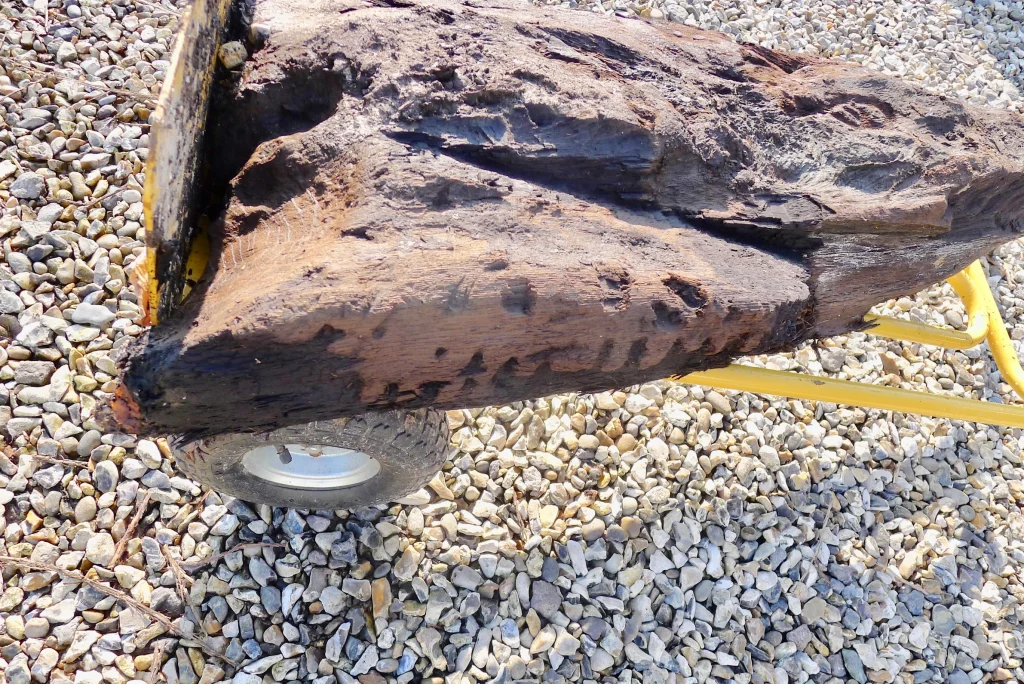Pratiksha Shome
While excavating trenches for a new building in Boxford, Berkshire, England, a construction crew discovered a sizable piece of carved oak that was over 6,000 years old, according to a statement released by Historic England on Wednesday.
The antique piece of ornamental oak is said to be the earliest carving in Britain. It was created more than 4,000 years before the Romans arrived in the British Isles and 2,000 years before Stonehenge.
The three-foot-long, one-and-a-half-foot-wide, and half-inch-thick piece of wood was discovered deep underground in a thick layer of peat, which preserved it flawlessly.
Since its discovery, the Mesolithic fragment of wood has been subjected to scientific examination by specialists from Historic England working in collaboration with researchers from the Nottingham Tree-Ring Dating Laboratory and the Centre for Isotope Research at the university of Groningen.
The wood was carved around the end of the Middle Stone Age, when people in England wandered in hunter-gatherer tribes and first started using stone tools, between 4,640 BC and 4,605 BC, according to radiocarbon and tree ring dating on the slab.
The significance of the carvings on the wood are unknown, although experts claim they resemble the ornamentation on the Shigir Idol, a 12,500-year-old wooden sculpture that was found in Russia’s Ural Mountains and is considered to be the world’s oldest example of woodcarving.
According to a news release from Historic England, Derek Fawcett, the owner of the property where the carved wood was discovered, will gift the artefact to the West Berkshire Museum in Newbury after it has undergone scientific examination. The donation falls within England’s Museum Week, which takes place from June 5–11 this year.
According to Janine Fox, curator of West Berkshire Museum, “this is a really brilliant find…and a tangible link to humans who lived in this area long before any towns and villages had been created.”
Source: ARTnews





